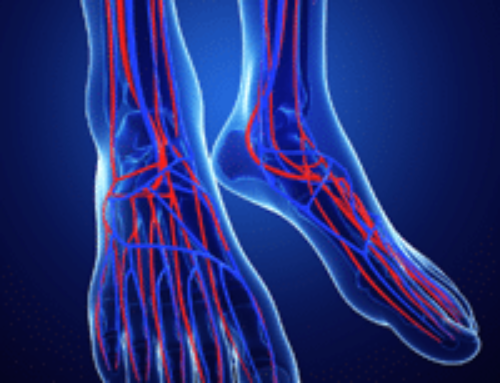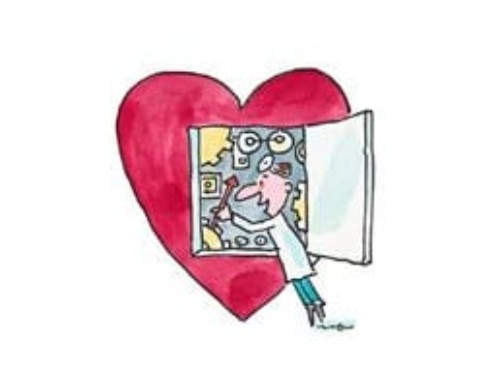Hypertension, colloquially known as high blood pressure, is very common and occurs in 1/3rd of the adult population in the United States. High blood pressure is a known risk factor for coronary artery disease, stroke, renal failure and heart failure. Therefore, I wanted to provide a brief description on how it is determined, what the numbers mean and illustrate the various stages as classified by the American Heart Association (AHA).
The blood pressure is characterized using 2 numbers – systolic and diastolic. The bottom number (diastolic) is lower and represents the pressure in the arteries between heartbeats and is related to the resistance in the vascular system. The top number (systolic) is the higher number and represents the pressure generated in the arteries during the heart’s pumping phase (squeezing phase) added to the resistance in the vascular system.
What do the Blood Pressure Numbers Mean?
Normal blood pressure is less than 120/80 mm Hg. It is important to remember that blood pressure is a dynamic number varying constantly with time and activity – sleeping, lying down, sitting, standing, walking or exercising. Therefore, we advocate measuring blood pressure in the sitting position after resting for 3-5 minutes.
We recommend treating high BP when the numbers are higher than 140/90 persistently or on multiple recordings. A blood pressure greater than 180/110 is considered a hypertensive crisis or urgency and it is recommended that you seek emergency care from a physician or emergency department.
Blood Pressure Recommendations
I recommend to my patients in Plano, TX that they keep themselves aware of their blood pressure and make necessary adjustments to their diet, specifically a low salt diet and exercise regularly to lower their blood pressure. In addition, here are a few common recommendations that we cardiologists make to patients regarding their blood pressure:
- At a minimum you should have your blood pressure checked every 2 years. Once diagnosed with high BP, your doctor may want to check it more frequently.
- Try and avoid or reduce factors that can cause your blood pressure to rise (e.g. stress, smoking, high caffeine intake, sleep apnea).
- Exercise regularly and get a restful sleep to help keep your blood pressure lower.
- Take your medications on time as prescribed.
- Follow a low salt diet and you will get used to it in a week’s time.
Written by: Narayn Pillai, MD
Credit: American Heart Association for blood pressure category table





